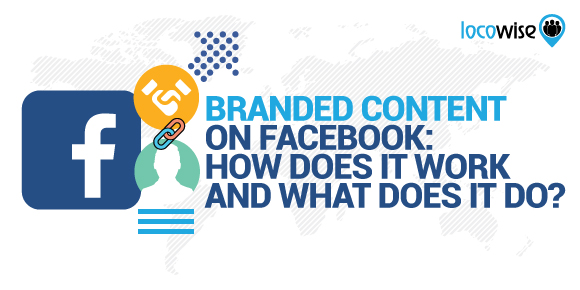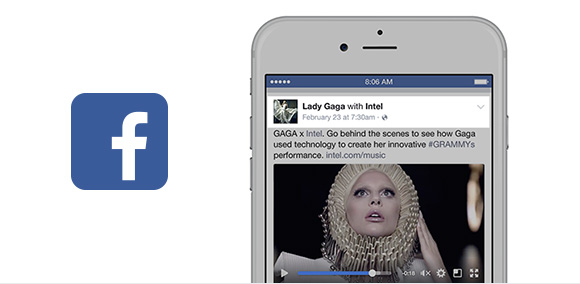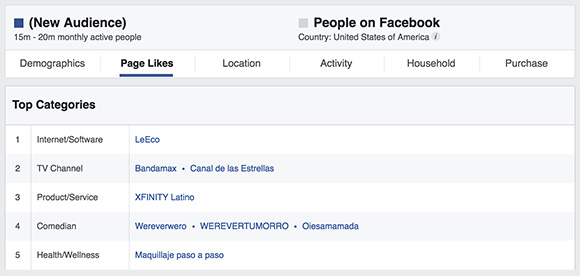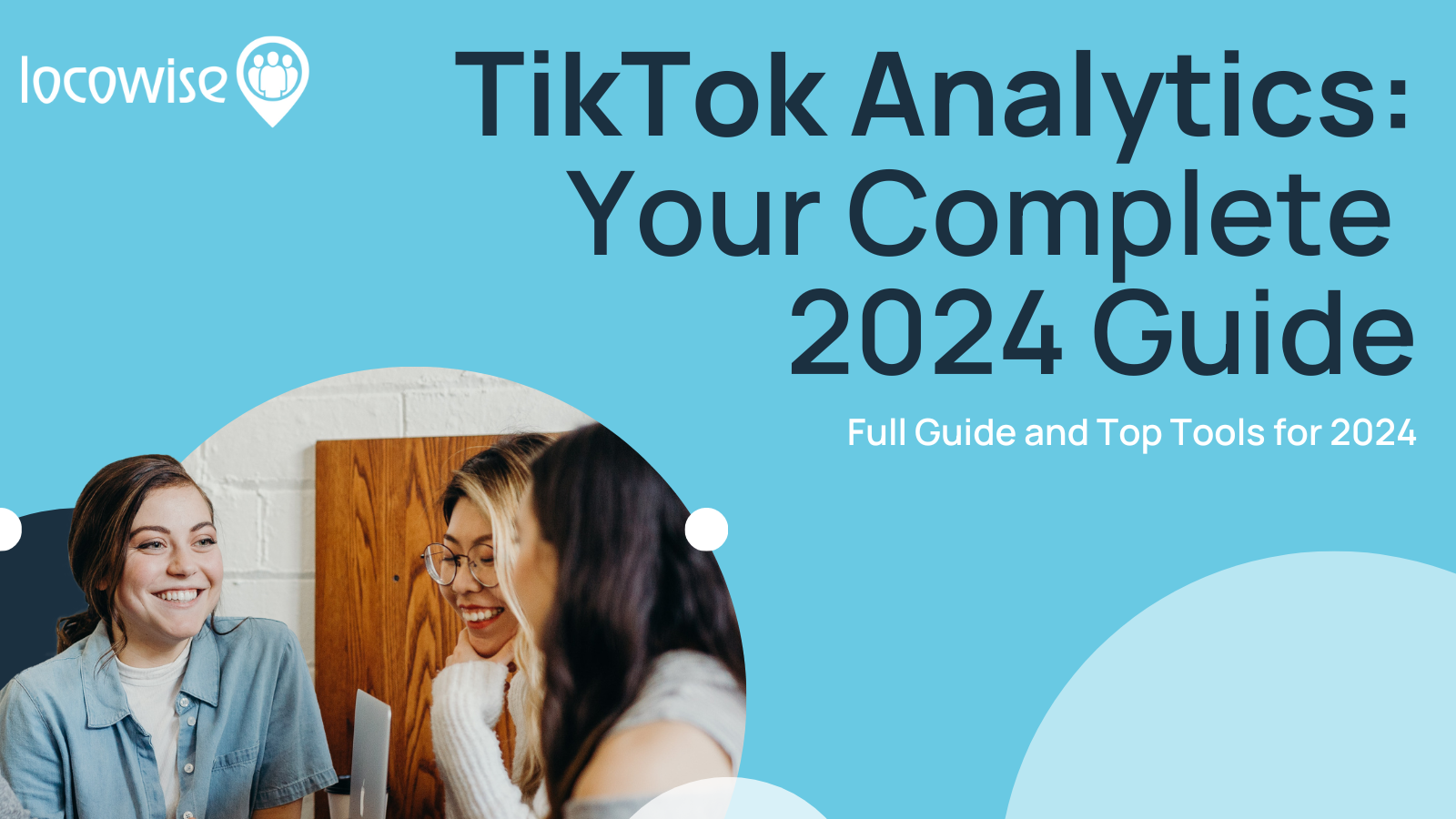Branded Content On Facebook: How Does It Work And What Does It Do?
Sahail Ashraf posted on 15 July 2016
Facebook seemingly knows no limits as it pushes its marketing potential for both brands and marketers. While everyone knows that using the platform makes sense if you represent a brand, there’s now a legit and very effective way to ensure that content is literally ‘on brand’. Facebook has enabled branded content.
This is all about influencers. If you are a brand, and you want the extra clout that influencer exposure on Facebook brings (more reach, to say the least), then this is the avenue you want to be walking down. Essentially, you will now be able to jump on the back of an influencer’s er… influence, and use that to reach more people, as well as have one extra rather pleasing feature.

But we will get to that extra feature in a minute. First, let’s take a look at what branded content actually is.
So, what is it?
Before you run off and approach the next famous brand you know to try and get them to help you with branded content, know one thing: the entire process is limited to those influencers and famous names that have the verified status that so many brands want in the first place.
You can tell when an account has verified status because it has that tiny blue check symbol next to it. You can’t miss it, and most people want it. It kind of means you have power on Facebook, real influence.
So you’ll see famous stars with the blue check next to their name, as well as companies that have established an effective Facebook account. If you have plenty of influence on the platform, you will have the check and that magical verified status.
Your first step if you are a marketer or brand and want to get some of that influence is to find accounts that have that check and are in the industry or sector you want to be in front of. Remember, they have a huge reach, but none of that matters if they are not visible and influential with the customers you want.

How do I find the right influencers?
That’s a peach of a question. Facebook is so big, and you can arguably get lost trying to find influencers who will be able to help you. Fear not, Audience Insights on Facebook exists to help you gain an idea into who you should be approaching. Click on the interests you know your audience has and then click on ‘Page Likes’ to find the very best and most popular accounts that cater to those interests.
You will then be able to see which have the biggest audiences. Obviously, you’re looking for people like this.
So this is where you reach out. Getting pally with these influencers means that you can start the process of getting them to tag you in their content, and therefore make the content they create and share ‘branded content’.

Wait, tag me?
That’s right. The process for creating branded content goes back to the original practice that Facebook kind of invented. Tagging is easy to do, but if an influencer is to bring you along for the ride on the Reach Train, it has to tag you specifically as branded content. It may have a post it likes that you have created, and then tags it. Because it is promoted content, it has to declare it a branded content.
When an influencer creates a new post of any kind, they can tag your brand, in other words, mention it. They can tag a post, video, or whatever else you have created. They get the option to tag it as branded content when they are creating their post. If you have reached to them and they are happy to do so, then it’s all good.
The very best example (and there are not that many right now due to the newness of things) is this one from Lady Gaga.
This tags Lady Gaga’s video as branded content and therefore allows for maximum exposure for the IT brand, as well as the considerable engagement Gaga has.
How to choose and reach out to influencers
This may seem like an absolute headache at the start of the process. There are so many people and brands you could reach out to, and even when you’ve identified the right ones, how do you actually do the reaching bit?
Identifying the right ones is actually a little more complicated than you might think. It’s easy enough to pick out influencers that have massive audiences. That’s not hard to do by any means. But there is no point picking people who have hundreds of thousands of followers if those followers are not going to pay attention to any recommendations they make. If that influencer tags your post, for example, and no one ever follows their recommendations, you’ve spent a lot of time building a relationship that will mean nothing when it comes to engagement for you.
And that’s the keyword: engagement. You need to pick influencers that have high quality engagement. Their posts are shared, the comments they get, and the overall general ‘getting involved’ that the influencer has, these are real metrics that matter. Because If they reach hundreds of thousands and hundreds of thousands actually care about what they say and what they like, you stand a decent chance of being carried along on that wave.
Use our tool as the first port of call. Locowise can help you figure out the actual engagement a Facebook page has. Work out the engagement the potential influencers have and then decide who you are going to pursue. Remember, it’s not the size of the audience, it’s the quality of the audience. An influencer could only have 1000 page likes, but if all of them listen to every word that the influencer says, that’s gold.
Next, start to get involved with the influencers and find ways to ensure that they think of you a lot more than they normally would. It’s a slightly longer process (unless you go down the paid promotion route), but it is well worth it if you have chosen the right people.
Try:
Sharing their content in a meaningful way, with your own take and praise for the source
Add a set of high-quality comments on the influencer’s platforms. Comments that actually mean something and add value to the conversation
If they have a product or service, create a review and include it in a blog post or video
Find their email and send them a non-creepy message about how great their last post was
This takes some time, and it doesn’t always guarantee success. The only guarantee of exposure through this route is paid promotion, naturally. But working with influencers and offering help in the form of exposure on your blog, or through continuous exposure through your sharing, can all add up to a mutually beneficial relationship that will, eventually, help that influencer decide that you are worth tagging as branded content.
Whatever you do here, always choose the right influencers with measurable and tangible reach and engagement.
And what’s the special sauce?
Well, we’re kind of lacking in shock and awe about this (a little), because we offer metrics that outshine pretty much anything else around right now, but brands can legitimately and effectively see how their branded content is doing.
And it’s easy too. This makes the process a very attractive one for any brand that wants to use branded content in a strategic way.
You get post insights through branded content. This means you can see, at a click, the engagement any paid or organic post receives. Crucially, and quite impressively for Facebook, you can break down the engagement types, into shares, likes and so on.

So is it worth it?
It’s also really important to remember about the time you post. This is because the time you post is vital to ensure it reaches your audience. While it’s great to go viral and hit a million new people in a minute (or something like that), servicing your audience at the time they are present is a surefire way to keep engagement high.
Definitely. Branded content is a highly effective tool as long as you choose influencers wisely, take your time to build relationships, and focus completely on engagement rather than reach. As we said earlier, it’s easy to scattergun content and potentially reach millions of people. It’s the engagement factor that really makes branded content worthwhile. Get it right, and you’re looking at a major marketing tool.




